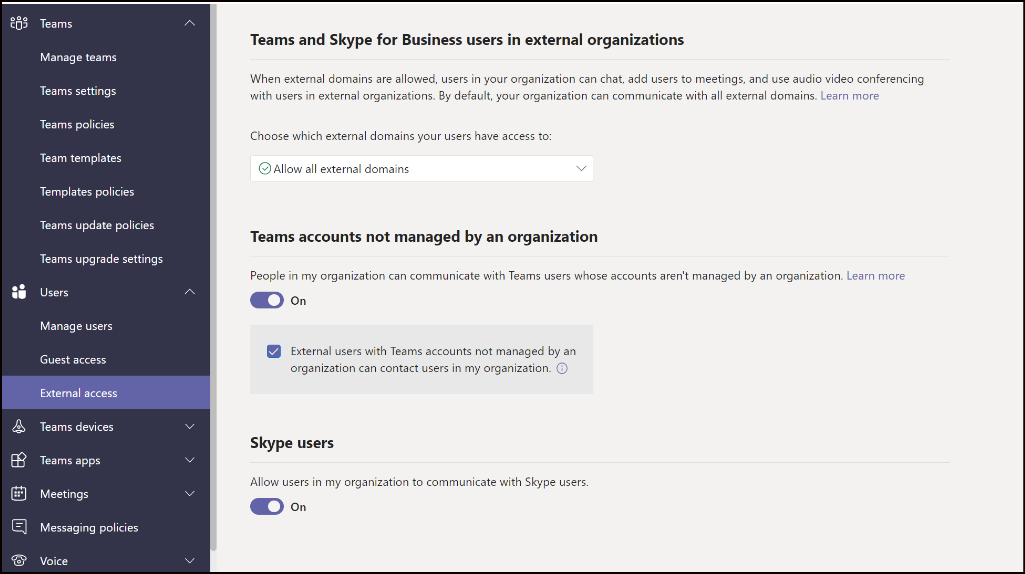Users will come to know about Teams add users as...
Read MoreMicrosoft Teams has emerged as a popular choice for seamless collaboration and communication within organizations. While it excels in enabling teamwork among internal team members, it also offers powerful features that facilitate interactions with external users. In this blog post, we will explore two key functionalities: adding users as guests and communicating with external users. We will delve into the benefits of these features and how they can enhance collaboration and productivity across organizations.
One of the standout features of Microsoft Teams is the ability to add users as guests. This feature allows organizations to invite external individuals, such as clients, partners, or contractors, to participate in team discussions and access relevant resources. By extending collaboration capabilities beyond the confines of the organization, Teams empowers seamless communication with stakeholders outside the internal team.
Enabling guest access in Microsoft Teams is a straightforward process. Admins can control and manage guest permissions, ensuring that external users have the necessary level of access to collaborate effectively while maintaining data security. By granting guests limited access, organizations can strike a balance between collaboration and protecting sensitive information.
The setting option below allows you to collaborate with any external user using Teams across any organization who has also enabled this setting. Thus, without being added in the Company’s teams site you can still communicate with an external user. It can also be enabled to allow skype users to communicate with your organization’s users.

Another important setting to make note of is to add users as a guest in your organization. This allows them to get access to the teams site and can share folders and files with them in a folder on teams site.

In addition to adding guests, Microsoft Teams also provides a range of options for communicating with external users. This flexibility enables seamless interactions with clients, partners, vendors, and other stakeholders outside the organization.
In conclusion,Microsoft Teams offers powerful features for collaborating with external users, including adding guests and facilitating communication through external access and federated chat. These functionalities empower organizations to extend collaboration beyond internal teams, streamlining communication, enhancing productivity, and building stronger partnerships.
By adding users as guests, organizations can seamlessly include external stakeholders in team discussions and foster real-time collaboration. Communicating with external users through external access and federated chat ensures that organizations can engage with clients, partners, and vendors efficiently, without the need for constant platform switching.
With Microsoft Teams, organizations can harness the full potential of collaboration and communication, not only within their internal teams but also with external users, promoting a cohesive and inclusive working environment.
Users will come to know about Teams add users as...
Read MoreExplore Teams Record All Calls, Not Just Meetings. Learn how...
Read MoreExplore the detailed Microsoft O365 File Sharing Guide for OneDrive...
Read More